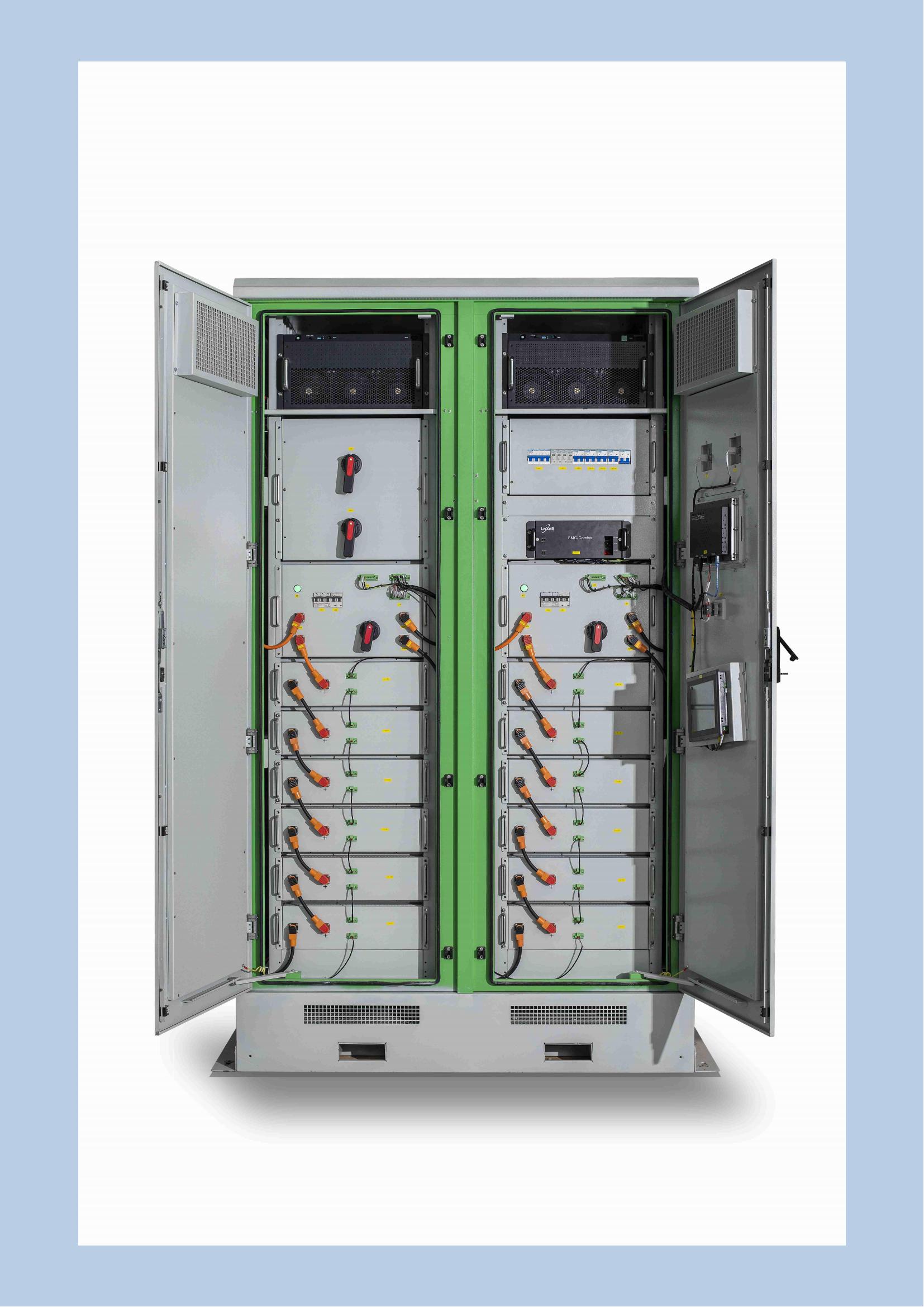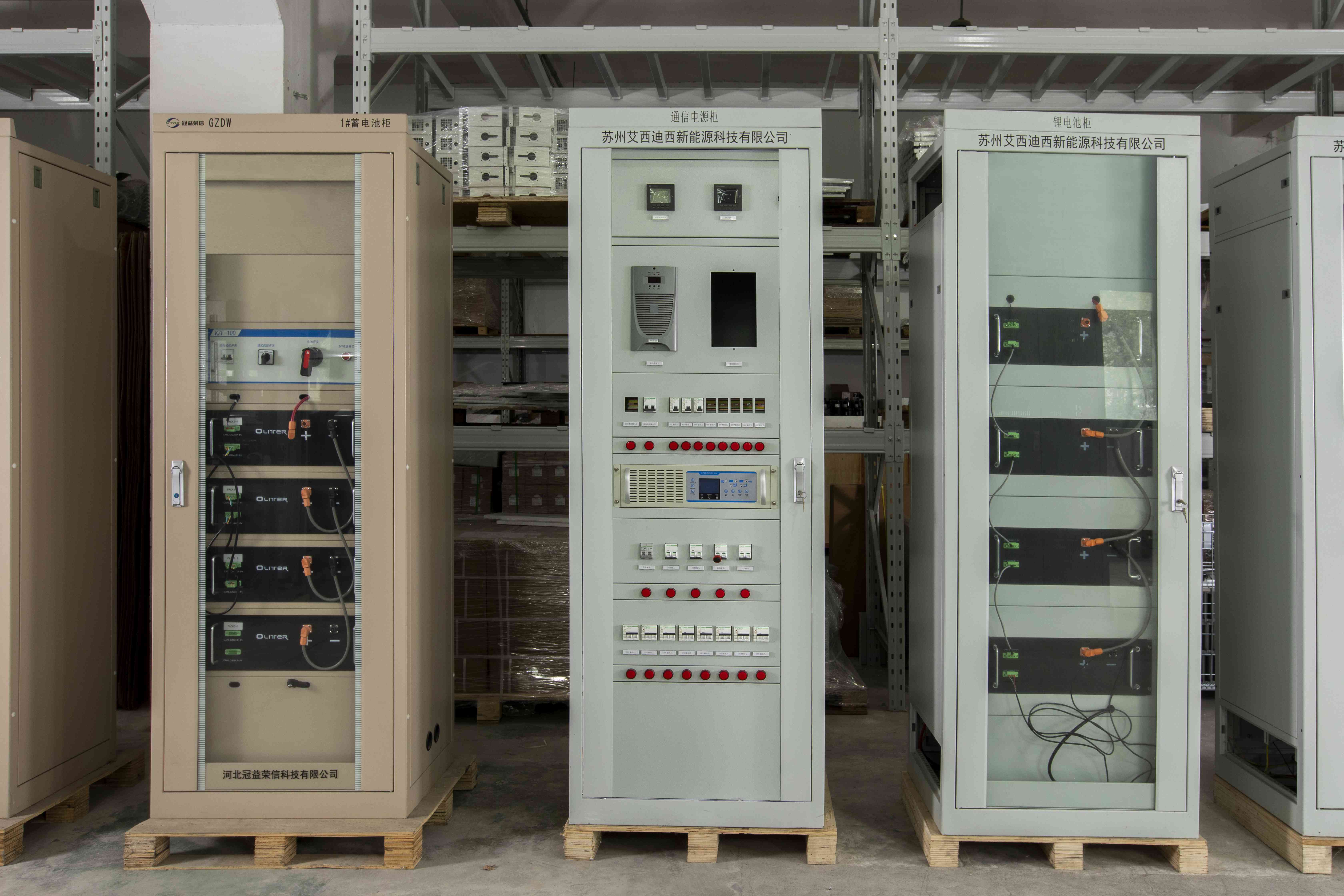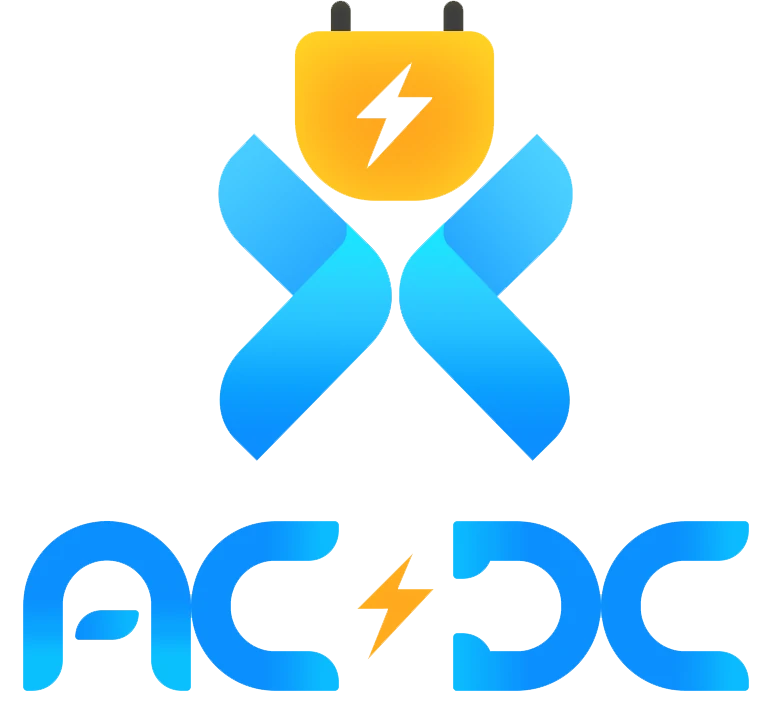
jul . 08, 2025 07:38 Back to list
High-Efficiency Microinverter Solutions Top Microinverter Suppliers & Exporters
- Introduction to microinverter
s and their pivotal role in modern solar energy systems - Current global trends and statistical analysis in microinverter markets
- Technical advantages and innovations of microinverter technology
- Comprehensive comparison of top microinverter suppliers and exporters
- Custom solutions from leading microinverter companies for diverse industry needs
- Real-world applications and case studies showcasing microinverter performance
- Conclusion: The critical impact of microinverters on the clean energy landscape

(microinverter)
Introduction to Microinverter: Transforming Solar Energy Conversion
Microinverter technology represents a significant advancement in the solar energy sector, offering an efficient alternative to traditional central inverters. Each microinverter is installed directly beneath an individual solar panel, enabling independent energy conversion and yielding higher energy harvest from each module. Unlike string inverters, microinverters can prevent energy losses caused by shading or mismatch between panels. As demand for decentralized and reliable solar power solutions grows, both residential and commercial sectors are rapidly adopting microinverters, making them a central component in modern photovoltaic systems. Their scalability, modularity, and real-time performance monitoring have captured the interest of installers, end users, and industry experts alike.
Global Market Trends and Surging Demand for Microinverter Innovations
The global microinverter market has witnessed exponential growth over the last decade. According to recent industry research, the worldwide market for microinverters reached $2.5 billion in 2023 and is projected to surpass $5.4 billion by 2028, expanding at a compound annual growth rate (CAGR) of 17.5%. This acceleration is driven by the rising adoption of rooftop photovoltaic (PV) installations in North America, Europe, and Asia-Pacific, along with heightened policy support for renewable energy. In residential solar markets, microinverters account for over 60% of new installations in the United States due to their safety and maximized energy yield. Technological advancements such as rapid shutdown compliance, integrated monitoring, and improved conversion efficiencies have made microinverters the preferred choice over traditional solutions for installers and end users seeking both reliability and high returns on investment.
Technical Edge: Key Advantages Powering Modern Microinverter Systems
The technical superiority of microinverter systems stems from several core innovations:
- Panel-Level Maximum Power Point Tracking (MPPT): Each panel operates at its optimal power point, ensuring minimal energy loss even during partial shading or soiling.
- Enhanced Safety: By converting DC to AC at the panel level, microinverters dramatically reduce the risk of high-voltage DC arcs, meeting evolving building codes and rapid shutdown requirements.
- Longer System Lifespan: Distributed architecture minimizes single points of failure, improving overall system reliability and reducing long-term maintenance costs.
- Real-time Performance Monitoring: Integrated monitoring allows installers and users to detect performance issues at the panel level, facilitating prompt servicing and optimization.
- Design Flexibility: Microinverters enable odd-shaped or multi-orientation PV arrays, opening opportunities for architectural creativity and maximizing rooftop use.
These advancements have set new industry standards, encouraging microinverter suppliers and exporters to continually innovate for higher efficiency, increased robustness, and better user experience.
Comparative Analysis: Leading Microinverter Suppliers and Exporters
To guide stakeholders through the crowded marketplace, the following table compares top microinverter suppliers and exporters based on critical factors like efficiency, product warranty, system monitoring, global reach, and unique offerings:
| Company | Model Range | Peak Efficiency | Warranty | Integrated Monitoring | Key Markets | Unique Features |
|---|---|---|---|---|---|---|
| Enphase Energy | IQ7 Series | 97.0% | 25 Years | Yes (Enlighten) | USA, EU, AUS | Highly modular, rapid shutdown, seamless smart grid integration |
| Hoymiles | HM Series | 96.7% | 15-25 Years | Yes (S-Miles Cloud) | China, EU, LATAM | Wide PV input voltage range, great value for distributed projects |
| APsystems | QS1, DS3 | 96.5% | 10-20 Years | Yes (EMA) | Global | Powers up to four modules per microinverter, integrated monitoring |
| Chilicon Power | CP-720 | 96.6% | 25 Years | Yes | USA, Canada | Advanced grid support, high surge capability, precision analytics |
| Sermatec | SMT Series | 96.2% | 12 Years | Yes | Asia, Middle East | Tailored solutions for commercial-scale projects |
The selection above illustrates not only the technical diversity but also the geographical reach and unique positioning strategies embraced by top microinverter companies. This enables buyers to prioritize specific requirements such as warranty duration, integration capabilities, or localized service support.
Customized Solutions From Leading Microinverter Companies
Top microinverter companies are increasingly offering tailored solutions to meet the diverse needs of installers, EPC firms, and system owners. Customization options vary from system design and digital monitoring suites to specialized support for commercial, residential, or off-grid applications. For instance, Enphase Energy provides an open API for integrating microinverter data into third-party energy management platforms, while Hoymiles offers flexible voltage configurations ideal for hybrid and microgrid scenarios. APsystems supports multi-module microinverters, simplifying large array installations. Industry leaders also invest in workforce training, project-specific engineering advice, and after-sales technical support—ensuring seamless project deployment and field longevity. This focus on end-to-end customization delivers greater control, mitigates risk, and aligns system performance with precise operational goals.
Performance in Action: Global Applications and Case Studies
The practical impact of microinverter solutions is reflected in diverse installations worldwide. In the United States, a 500 kW rooftop solar project in California switched from central inverters to microinverters and reported a 12% increase in annual energy yield along with a 25% cut in maintenance downtime. Residential homeowners equipped with module-level monitoring have been able to promptly address individual panel issues, reducing energy loss events by more than 30%. In Australia, microinverter-powered systems demonstrated superior resilience during grid fluctuations, enabling uninterrupted operation in sensitive medical facilities. Educational campuses in Europe have utilized real-time data feeds from microinverters to power research on renewable integration and grid stability.
Furthermore, microinverters are empowering off-grid and rural electrification projects by maximizing limited panel outputs and ensuring system uptime in remote environments. Their deployment in microgrids and smart energy communities contributes to grid flexibility, demand response, and carbon reduction. The following mini-case study table illustrates performance outcomes from key installations:
| Location | System Size | Microinverter Supplier | Key Result | Energy Yield Improvement |
|---|---|---|---|---|
| California, USA | 500 kW | Enphase | Downtime reduction | +12% |
| Sydney, Australia | Residential 12 kW | APsystems | Grid resilience | +8% |
| Rural India | Microgrid 50 kW | Hoymiles | Off-grid continuity | +15% |
| Germany | University 100 kW | Chilicon Power | Research data integration | +10% |
These real-world scenarios underline the operational reliability, efficiency gains, and enhanced data access enabled by advanced microinverter technologies.
Conclusion: The Central Role of Microinverter in a Decentralized Energy Future
In conclusion, microinverter innovation has revolutionized the solar marketplace, elevating system productivity, safety, and versatility. With robust growth driven by pioneering microinverter suppliers, exporters, and companies, the technology stands at the forefront of decentralized power generation. The integration of advanced features—such as panel-level MPPT, real-time analytics, flexible deployment, and long-term warranties—ensures that stakeholders can meet evolving energy demands while achieving competitive returns. As global clean energy ambitions escalate, the continued adoption of microinverter-based solutions will catalyze the transition to smarter, more resilient, and more accessible solar energy ecosystems. Businesses and communities seeking optimal performance and maximum reliability are increasingly turning to leading microinverter companies for engineered solutions tailored to their unique objectives.

(microinverter)
FAQS on microinverter
Q: What is a microinverter?
A: A microinverter is a device that converts direct current (DC) from a single solar panel into alternating current (AC). It operates at the panel level, improving system efficiency and reliability. Microinverters enable module-level monitoring and optimization.Q: How do I choose reliable microinverter suppliers?
A: Look for suppliers with certified products, positive customer reviews, and good after-sales support. Experience in the industry and transparent technical documentation are also important. Always request product samples and check warranty terms before purchasing.Q: What services do microinverter exporters provide?
A: Microinverter exporters typically handle international shipping, documentation, and compliance with local standards. They may also offer technical support and training. Many exporters work with installers and distributors worldwide.Q: What should I consider when partnering with a microinverter company?
A: Assess the company’s track record, quality certifications, and customer service. Check if they provide customization or integration options for your specific needs. Ensure they have comprehensive technical resources and warranty policies.Q: Can microinverter suppliers accommodate large-scale solar projects?
A: Yes, many microinverter suppliers offer scalable solutions for commercial and utility-scale installations. They often provide bulk ordering, dedicated support, and logistics management. Always discuss your project requirements directly for tailored solutions.This is the last article
-
High-Efficiency Microinverter Solutions Top Microinverter Suppliers & Exporters
NewsJul.08,2025
-
Top Energy Storage Companies Leading Utility Scale & Long Duration Solutions
NewsJul.08,2025
-
Charge Point Charger - Reliable Charging Solutions for EVs Leading Charge Point Charger Company & Exporters
NewsJul.07,2025
-
Types of Battery Energy Storage Systems - Leading Products & Exporters Company
NewsJul.07,2025
-
AC or DC Power Supply in Home Trusted Google Home Power Supply Voltage Manufacturers
NewsJul.07,2025
-
High-Performance Portable Power Station 220V – Reliable Energy Solutions for Outdoors & Emergencies
NewsJul.06,2025























